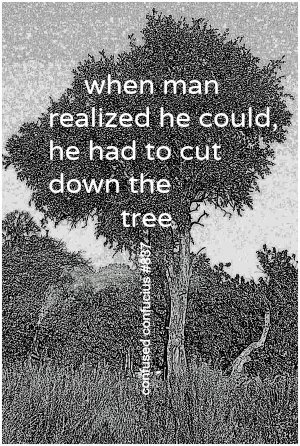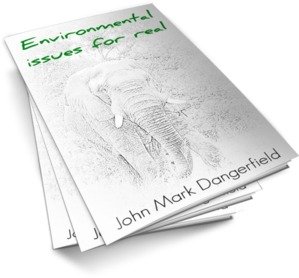Home | About CCW | Contact Us | Climate change Meaning | Causes | Solutions | Emissions | Carbon trading
Carbon capture sequestration
Carbon capture sequestration is similar to carbon capture and storage [CCS], only instead of storing carbon by stripping it from industrial emissions, carbon is sequestered in biomass.
The idea of CCS is that if we can capture and store carbon from large emission sources such as coal-fired powered stations we can make them a clean energy source.
The standard storage option has been to bury liquid carbon dioxide deep underground. This is technically challenging and expensive solution to emission reduction, It also has the potential for carbon dioxide to leak back to the atmosphere and has uncertain environmental effects.
It also generates a classic NIMBY problem – not in my backyard.
We like the idea until someone suggests that it happens in our neighborhood. Then we are not so sure.
Not many people are fond of a NIMBY.
Carbon capture and sequestration is about capturing carbon but instead of storing it in the ground, using the carbon as a source for biomass production. This is achieved by growing algae in nutrient rich liquid with the carbon dioxide bubbled through it.
The algae convert the CO2 to biomass through photosynthesis.
This should be less controversial that it is given that conversion to biomass is what plants do all the time, and in doing so they provide us with food and fibre.
It is good news.
The best example of carbon capture sequestration is smart technology to grow algae using the CO2 emitted from coal fired power stations.
A few companies have prototypes and it is an impressive story. The algae do what algae do in high-tech plastic bags and convert carbon dioxide to plant material at a claimed rate of up to 800 t per hectare — for comparison, the average wheat yield in Australia hovers around 1.5 t per hectare.
A quarter of the algal biomass harvested is extractable as vegetable oil and the rest as vegetable protein that are converted to dry pellets.
The potable water byproduct is recycled back into the bags for the next batch of algae.
The list of salable items that can be manufactured from the algal produce is impressive.
Investors should be muscling their way to buy shares in the best of these companies. The process generates salable products (oil and protein) that a host of buyers want, and they are made from industrial waste (CO2) that everybody wants to get rid of.
The technology requires investment to deploy at scale but overall it looks like a great win-win.
Read the original alloporus blog post on this climate change solution.

Carbon capture sequestration | the conundrum
Whilst carbon capture and sequestration involves photosynthesis and the production of biomass it is not strictly biosequestration.
The process does not result in net carbon sequestration from the atmosphere or even an avoided emission, at least not according to the standard rules for greenhouse gas accounting.
This is because algal biomass is not permanent. In all the products created from it the biomass decays to release the CO2 captured, often quite quickly.
When conversion to biomass or an avoided emission is not permanent the net greenhouse gas content in the atmosphere increases in proportion to the amount of fossil fuel burnt in the initial process.
We have used the waste but it is still waste from a greenhouse gas reduction perspective.
So should we invest in this process of carbon capture sequestration?
Yes, but not for the atmosphere.
We should invest because we will need the biomass, especially as a fuel source to help the transition from fossil fuels, and later we will need this kind of technology to produce food.

More reading from CCW
Environmental Issues for Real by Dr J. Mark Dangerfield looks at some of the obvious, and some of the not so obvious, challenges for a growing human population living as we do in a finite world.
Only this time it's not about the impending disasters or the guilt or the blame.
This time, it’s 10 brief essays that are about the bigger picture. In less than an hour you could glimpse something different, a view that we can only see when we take a fresh look.
Download your copy at Smashwords
climate change wisdom › solutions › carbon capture sequestration

Confused Confucius spurned the monastic life for the world of work, moral conundrums and mobile devices. His sayings, questions and incongruous idioms on the environment and modern life bring delight and bafflement in equal measure... check out more Confused Confucius sayings.
Recent Articles
-
Reducing emissions while looking for solutions...
Nov 01, 15 04:46 PM
I've seen a lot of post's online for ideas on reducing emissions. The one suggestion I have not seen, is the most obvious. There should be a government -
Climate change evidence
Mar 24, 15 06:22 AM
Real climate change evidence has to demonstrate a change in climate. An extra sunny day or a severe storm or a flood is not enough. -
The climate change effect
Feb 19, 15 03:08 AM
What will be the climate change effect? There isn't one, there are many. Perhaps too many for us to understand.



New! Comments
Have your say about what you just read! Leave me a comment in the box below.